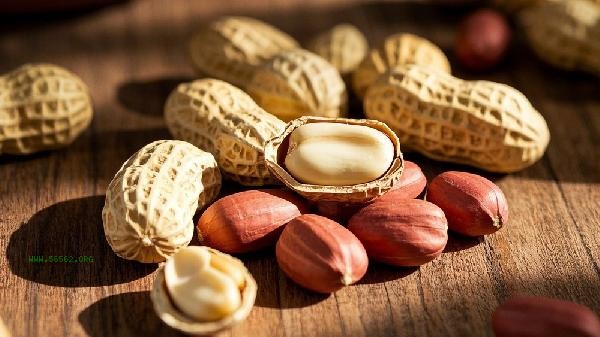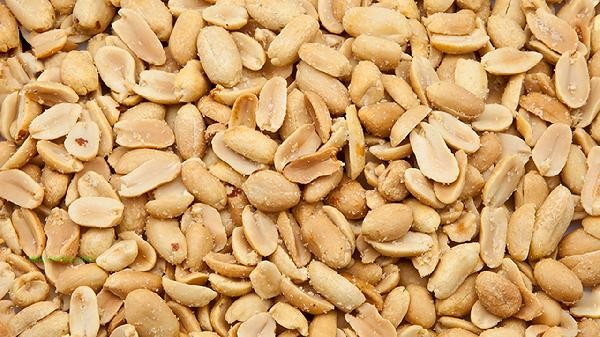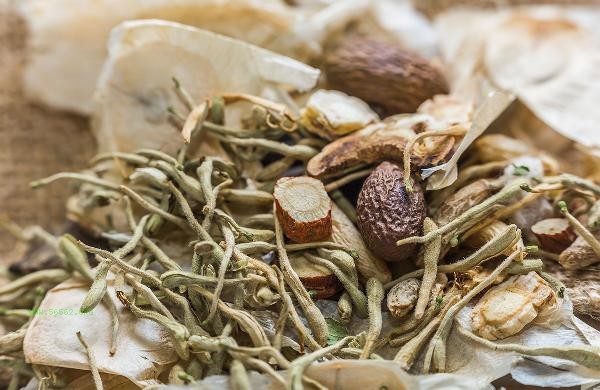The occurrence of honey worms in indoor flower cultivation can be treated through physical removal, biological control, drug spraying, environmental regulation, plant combination, and other methods. Honeyworms usually breed due to poor ventilation, high humidity, or weak plant resistance.

1. Physical removal
Use a soft bristled brush or cotton swab dipped in soapy water to gently brush the insect body, paying special attention to the back of the leaves and tender shoots. When a large number of insects gather, high-pressure water bottles can be used to rinse the plants, and after rinsing, the leaves should be wiped dry in a timely manner. Regularly inspect newly purchased flowers to avoid introducing insect sources.
2. Biological control
introduces natural enemies such as ladybugs and sand flies to prey on honey worms, suitable for long-term indoor planting and scenarios where drugs are not used. Yellow sticky insect boards can be hung next to plants to lure and kill winged adults. Biological control should avoid using chemical drugs simultaneously.
3. When spraying
severely, plant derived insecticides such as imidacloprid, thiamethoxam, or resveratrol should be used, and attention should be paid to avoiding flowering areas when spraying. Medications should be rotated to prevent drug resistance, and ventilation should be maintained after spraying. Pregnant women and pet households should use chemical agents with caution.

4. Environmental regulation
Isolate infected plants and enhance ventilation, maintaining a humidity of 40% -60%. Honeyworms prefer damp and shady environments, and can be inhibited from hatching by increasing light exposure time and reducing watering frequency. During the winter heating period, it is necessary to prevent the air from being too dry.
5. Plant pairing
Place insect repellent plants such as mint and rosemary nearby, or intercrop varieties with natural insecticidal effects such as marigold and pyrethrum. Avoid densely placing susceptible plants such as roses and gardenia, and regularly trim overly dense branches and leaves to improve permeability.

In daily maintenance, the orientation of the flowerpot should be rotated regularly to ensure that the plants receive even light, and fallen leaves and residual flowers should be cleaned up in a timely manner to reduce the hiding of insect eggs. Before using new soil, it can be disinfected at high temperatures. In spring and autumn, garlic extract or tobacco water should be used every half month to prevent it. Immediate treatment is required when early symptoms of pest infestation are detected, and severe infections require the entire plant to be removed to prevent spread. Maintaining the health of plants can enhance their insect resistance and avoid excessive application of nitrogen fertilizer, which can cause tender branches and leaves and attract pests.








Comments (0)
Leave a Comment
No comments yet
Be the first to share your thoughts!